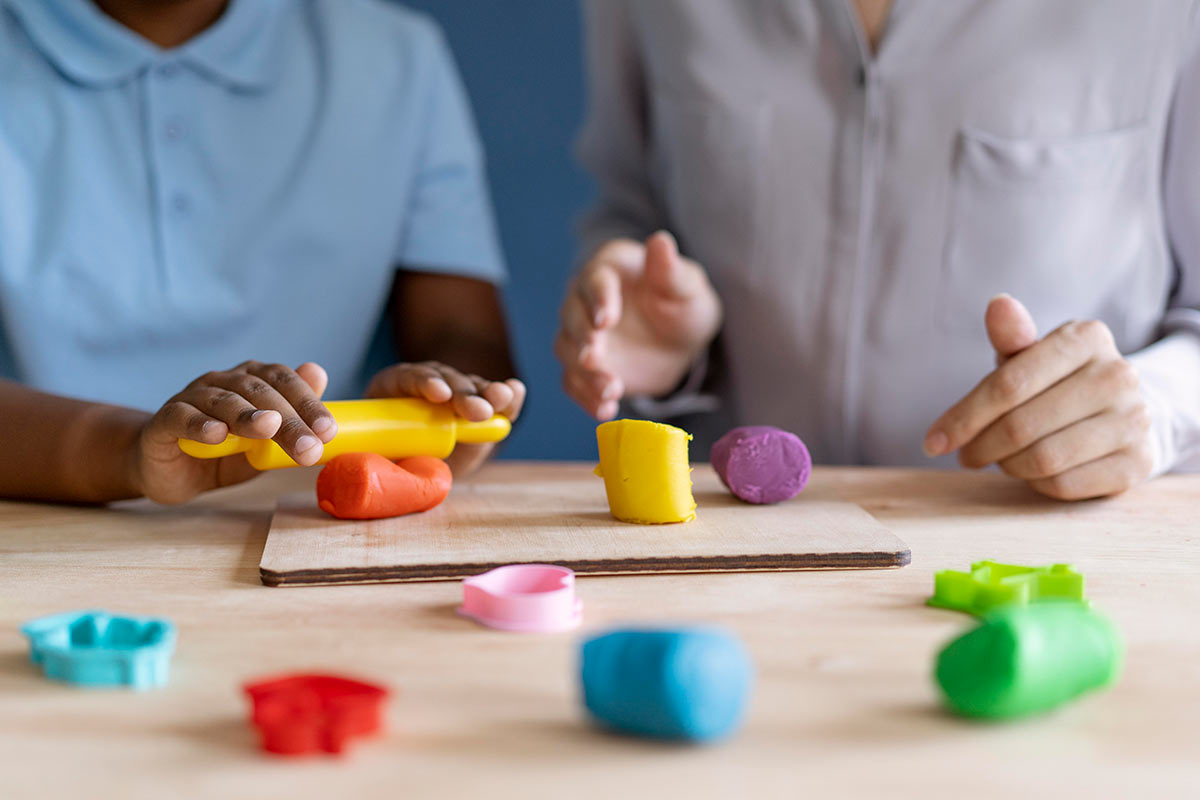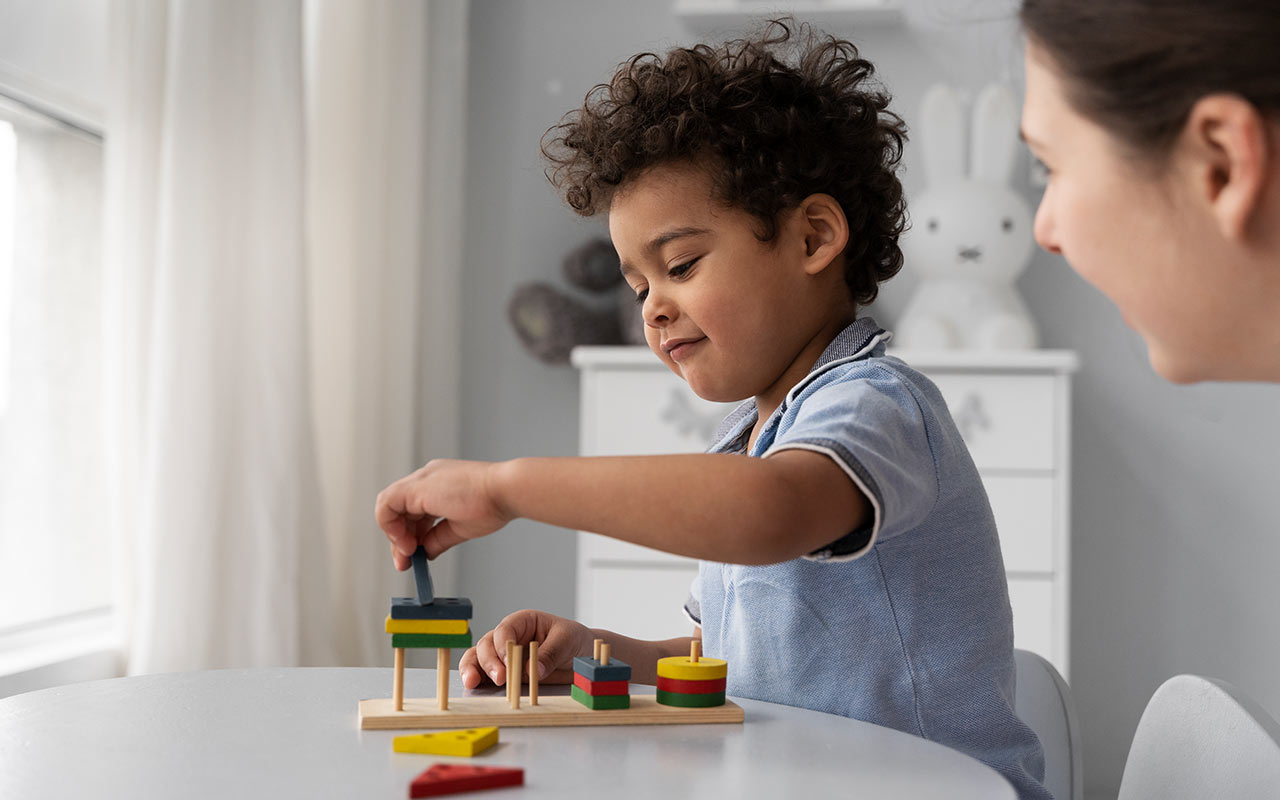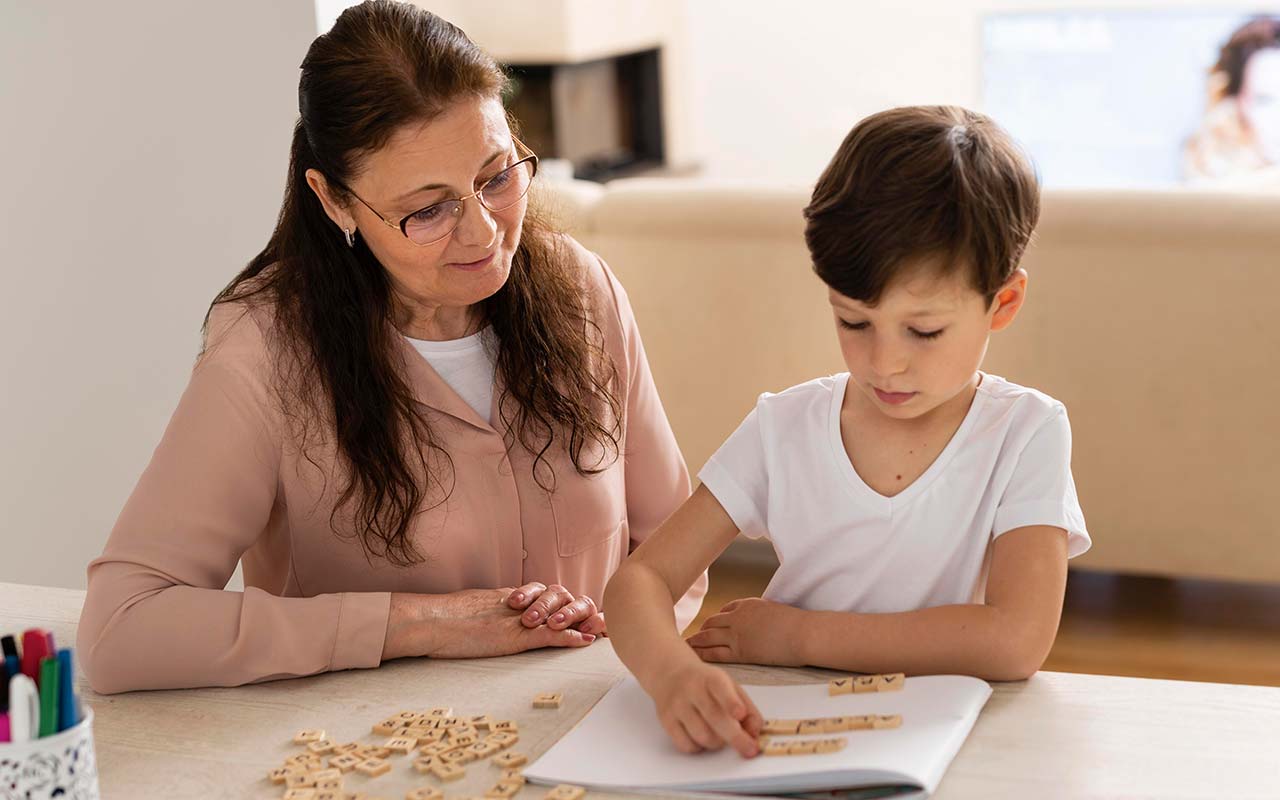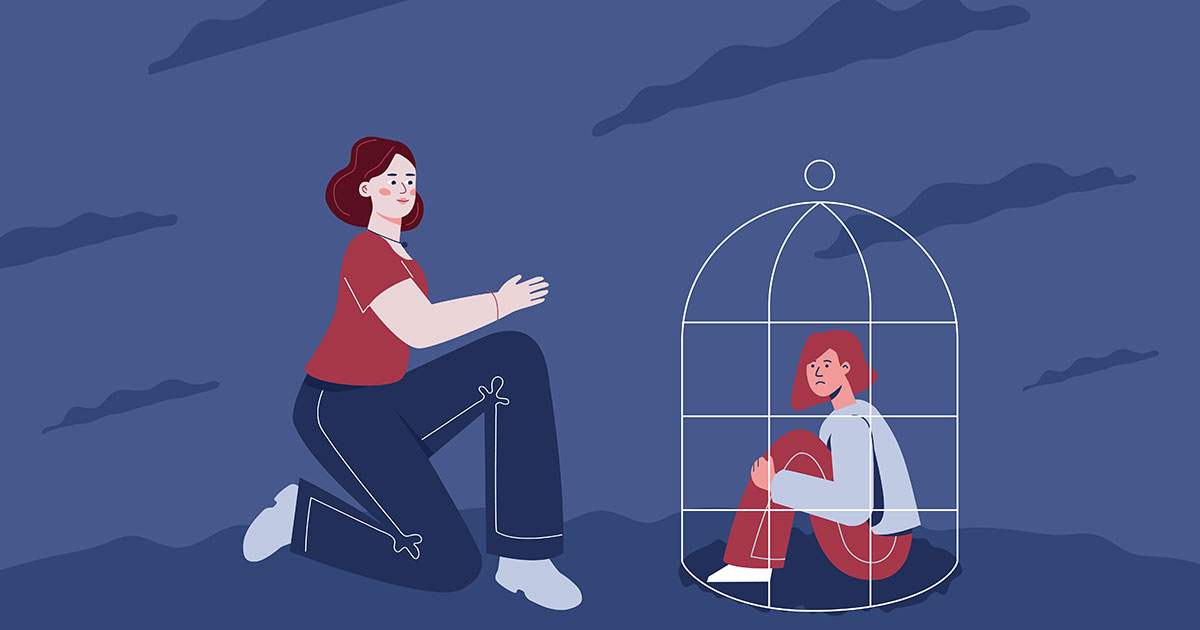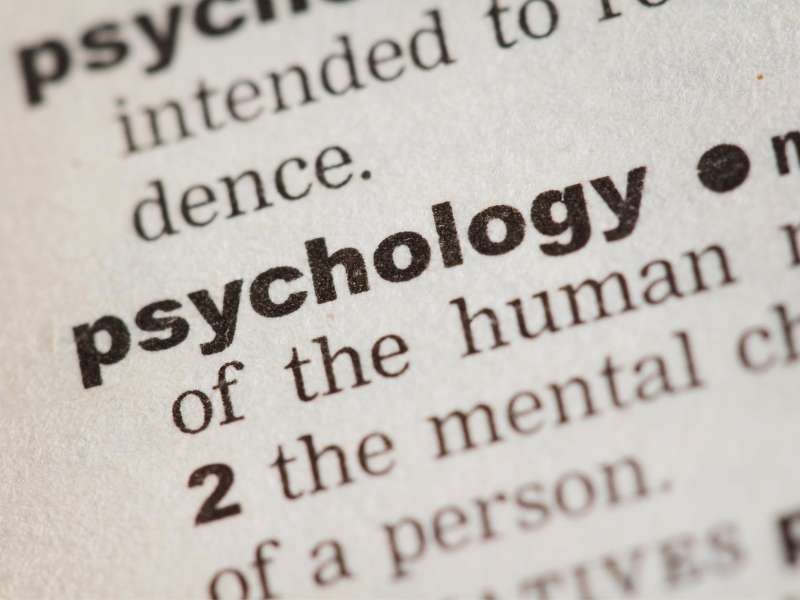Why Child Psychology is Important in Psychology?
Child Psychology
Child psychologists understand all aspects of a child’s development, including how the child learns, thinks, interacts, and interacts with others, makes friends, understands emotions, and understands the personality, temperament, and ability to develop.
Early childhood development is the foundation of lifelong learning, behavior, and health. Early childhood experiences shape the child’s brain and ability to read, interact with others, and cope with stress and everyday challenges.
The main reasons are given below regarding child psychology:
- Babies can see and hear from birth.
The baby sees the caregiver’s face and loves to respond to her smiles and sounds. The caregiver’s face is the favorite thing the little baby wants to look at. The caregiver should talk to their baby from birth, even before birth. -
Small babies need constant and adapted care.
Babies communicate by reacting to the smallest of movements and sounds, even the scent of their caregiver. When the caregiver responds, the interaction between caregiver and baby becomes like a dance. This privileged relationship can be established during breastfeeding from the very first days. The child securely “attaches” to the person who constantly holds her, loves her and helps her feel safe. This connection or bond will last a lifetime. - Children are curious.
They want to find out how to change and influence people and things around them, right from the first months. Children learn by playing and trying, observing and copying what others are doing. There is a continuous interaction between the baby and her environment that affects the development of the baby. - Much of what children learn, they learn when they are very young.
The brain develops most rapidly before birth and during the first two years of life. Health, good nutrition and care are especially important during this time. Eighty percent of the structure of the human brain takes shape between the ages of 0 and 3, and 90% of the structure of the human brain takes shape by the age of 5. - Children need a safe environment when learning.
Children are always discovering new things and learning new skills. They need a clean, safe and secure physical environment to be free from injury and accidents when they play and learn. More than 200 million children under the age of 5 do not realize their developmental potential. - Children are the first scientists.
The game gives children many opportunities to think and solve problems. Children can learn by playing with clean and safe pots and pans, cups and spoons, and other household items. They learn by banging, dropping, and getting things in and out of containers. Children learn by stacking objects and watching them fall and test out the sounds of different objects by bumping them together. Play is like the “work” of children. - Efforts to improve early childhood development are an investment, not a cost.
For every dollar spent to improve early childhood development, the return can be $8.14. The cost-benefit ratio is highest in early childhood. - Pay attention to the movements, sounds, and cries of your babies.
Children communicate to express their needs. For example, babies show hunger by becoming fussy, sucking their hands, or moving their heads towards the breast. By using these signals, a caregiver can learn to recognize that a child is hungry before the child begins to cry. - Child development can be encouraged through simple, age-appropriate activities that can easily be done at home.
For example, to help the child follow an object, show him a colored mug just out of reach. When you are sure the baby sees the cup, slowly move it from side to side and up and down in front of the baby. Then bring the cup closer. Encourage the baby to reach for the cup and grab the handle. Praise their efforts. - Copying the baby’s sounds and gestures will start a good communication game.
This helps the caregiver to watch the child carefully, be empathetic to the child’s sounds and movements, and follow – react to – the child’s example. Even before the child can speak, he revels in being able to communicate through his sounds and movements.
Child development theory aims to explain how children change and grow up during childhood. These theories focus on various aspects of development, including social, emotional, and cognitive growth.

